How to Measure Lawn Mower Cutting Height
If there is one thing I have learned in my thirty-odd years of commercial lawn care.
That is, the grass cutting height is everything.
I have seen terrible lawns turned around into great lawns and great lawns turned into disaster zones. All done with that simple height adjuster on your lawn mower.
It’s not uncommon for a customer to ask me to mow the lawn at a height that will damage it. Our business has developed a reputation of being one of the best in a town with a population of over 160 thousand people, and this was not by accident. In this article, I will walk you through the best methods to mow and measure your lawn.
Understanding cutting height settings
Everything starts with settings on your lawn mower that will allow you to cut at the right height.
Explanation of mowing height settings on a lawn mower
All mowers are different and have various ways of adjusting the height of the blade. The three most common setups are:
- One height adjuster controls all the wheels: You will find this setup on many of the cheaper entry-level mowers; honestly, putting it nicely leaves much to be desired. One of the most significant issues is that the entire setup relies on one piece of steel to do all the work. If there is an issue with this (usually a flimsy part), your lawnmower will not cut well.
- Two height adjusters: This is better; now you have some control. I sometimes sometimes set the front height one notch higher than the back. This allows for some flexibility. Now, instead of cutting on a three or a four, I have the luxury of choosing a three and a half. (exciting stuff, I know)
- A height adjustment for each wheel: This is the best setup you can have (which I have on the mower I use). It isn’t any better than a two-height adjuster as far as the cut goes. The main benefit is that because each wheel has its height adjustment, you don’t get the setup where the axle controls the height of two wheels—fewer moving parts and longer lasting.
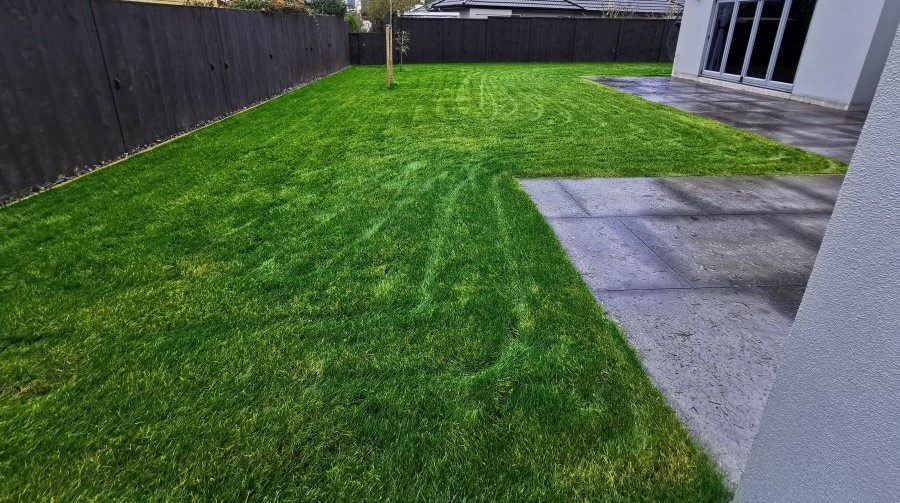
Importance of adjusting cutting height based on grass type and season.
Over the years, I have learned to read a lawn and know the best height to cut when I arrive. A lot of this I do on autopilot; however, I will go through my thought process here.
You don’t mow a lawn at the same height all year around, and there is no set system for dealing with the seasons. The only fundamental rule that I tend to follow is one notch higher in the height of summer and one notch lower in the middle of winter.
This, however, is subject to change. (you knew I would say that, didn’t you?) Some reasons would make me cut high from the get-go. To avoid confusing things, we will cover those conditions later.
Lawnmowing101 Membership
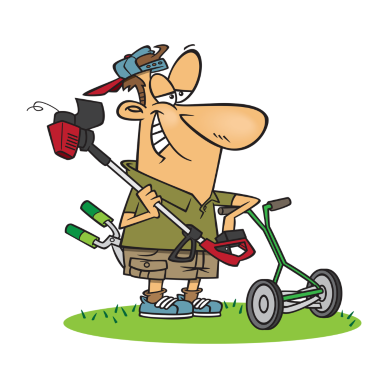
Build a six-figure lawn care business
Lawn Care Software

Get Your Lawn Care Business Running Smoothly
Easier for you and your customers. Jobber helps you quote, schedule, invoice, and get paid—all in one place.
Benefits of maintaining the correct mowing height
If you adjust your mower blade height to accommodate the seasons and grass type, you can get a healthy, robust lawn that looks good all year.
How to Measure Lawn Mower Cutting Height
To measure the mowing height, you’ll need a measuring tape or ruler, a level surface (and a pen or marker (optional). Here’s how to measure the cutting height on a lawn mower;
For measurement;
1. Park the lawn mower on a surface like a driveway.
2. Find the cutting deck, which houses the blade.
3. Use a measuring tape to determine the distance between the ground and the bottom of the cutting deck. This is your cutting height.
4. Keep note of this measurement for reference if necessary.
Using height adjustment settings;
1. Check your lawn mower user manual to locate the adjustment settings near the wheels or on the deck.
2. Adjust the setting to your preferred cutting height by moving levers or knobs on each wheel.
3. confirm that it matches your desired cutting level after adjusting it visually.

Tips for accuracy;
Always measure on level ground for results. Ensure your lawn mower’s wheels are set to the height for a cut, especially if each wheel has different adjustment settings. Maintain the cutting height regularly after any maintenance or adjustments to the mower. Adjust the cutting height based on your desired grass length, considering the type of grass and season. Mark your preferred cutting height on the adjustment settings for reference. By following these steps and suggestions, you can accurately. Maintain the cutting height of your lawn mower for a groomed lawn.
Factors to consider when adjusting mowing height
Do you remember where I talked about other reasons for adjusting the height you cut your grass? These are the main ones.
Grass type and growth rate
Some lawns thrive on a high cut, like Tall Fescue, Fine Fescue, Kentucky Bluegrass, Perennial Ryegrass, Bermuda Grass, and Zoysia Grass.
High and often is the best plan for this kind of grass.
Listen to audiobooks while you work.

With a sixty-day free trial
Discover millions of ebooks, audiobooks, and so much more for just $9.99/month.
Weather conditions
Another good reason to move that blade up a notch is when things start drying out. In a drought, the lawn depends on a bit of length to give the roots shade and capture morning moisture. If you cut the lawn too low, this won’t happen.
If it is in the middle of the wet season or there is a lot of rain, you might want to bring the blades down a notch.
Common mistakes to avoid
These are some common mistakes I see people make when I look at their lawns.
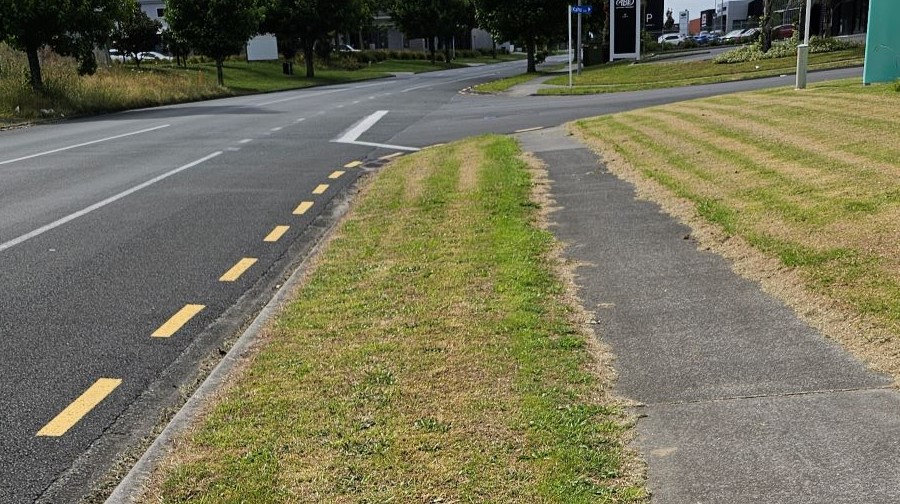
Cutting grass too short
A real bugbear for lawn care operators is when the customer continually asks you to cut lower, especially if you know it will damage the lawn. A short lawn cut will cause unnecessary stress on the roots and attract pests and flat weeds.
I have this lawn that I have been mowing for years. It was a nice lawn when I started. The lady has asked me to cut lower and lower, but I advised against it. She wanted it done anyway. I have reached the mower’s lowest setting, and the lawn is now full of flat weeds and prickles. Strangely enough, I think she likes it like that.
That is NOT how you mow a lawn. The rule of thumb is that you never take more than a third off the height of the grass at any one time.
Neglecting to adjust cutting height based on the season
If it’s dry, cut high. If it’s wet, go down a bit.
I have a lawn that I have been cutting for years, and the customer lets me decide how I mow the lawn. A few months ago, we had a bit of a drought. When I noticed it coming, I started cutting higher and mulching the lawn (feeding and shading the roots).
A month after the dry spell started, I noticed the lawn next door. The lawn I was mowing was green; the next-door lawn was dead and brown. Neither of the lawns was getting watered. The lawn-mowing guy cutting the lawn next door was not reading the lawn and the weather. The lawn was now dead and didn’t need mowing. My one was green and still growing.

You cannot always cut your lawn at the same height. You need to read the sessions and the weather.
Conclusion: How to Measure Lawn Mower Cutting Height
In summary, it’s essential to understand and adjust the cutting height of your lawn mower to keep your lawn healthy and looking great. Different types of grass and changing seasons require you to tweak the cutting height as needed.
Using the height adjustment settings on your mower and considering factors like the type of grass, weather, and growth rate, you can ensure your lawn stays lush and vibrant all year round. It’s crucial to avoid mistakes such as cutting the grass short or forgetting to adjust the cutting height based on the season to promote strong root growth and overall lawn durability.
By paying attention to details and maintaining your lawn regularly, you can enjoy a manicured space that adds beauty to your surroundings.
This is a study on mowing high by the Michigan State University
Frequently asked questions
How do you mow a lawn correctly?
How steep can you mow with a push lawn mower?
How do you Balance a Lawn Mower Blade?
Does cutting grass make it grow faster?
Get tips & tricks on how to grow a profitable lawn care business delivered to you inbox every week.
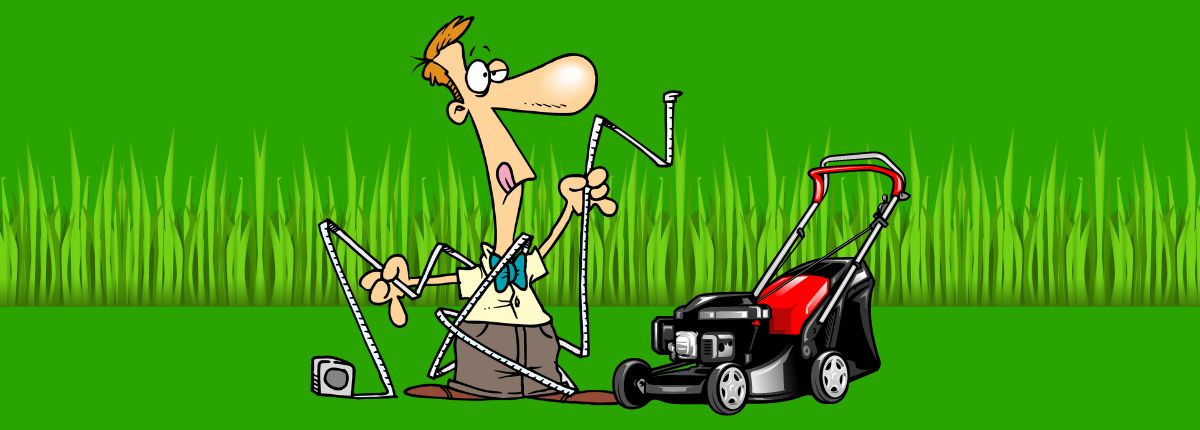

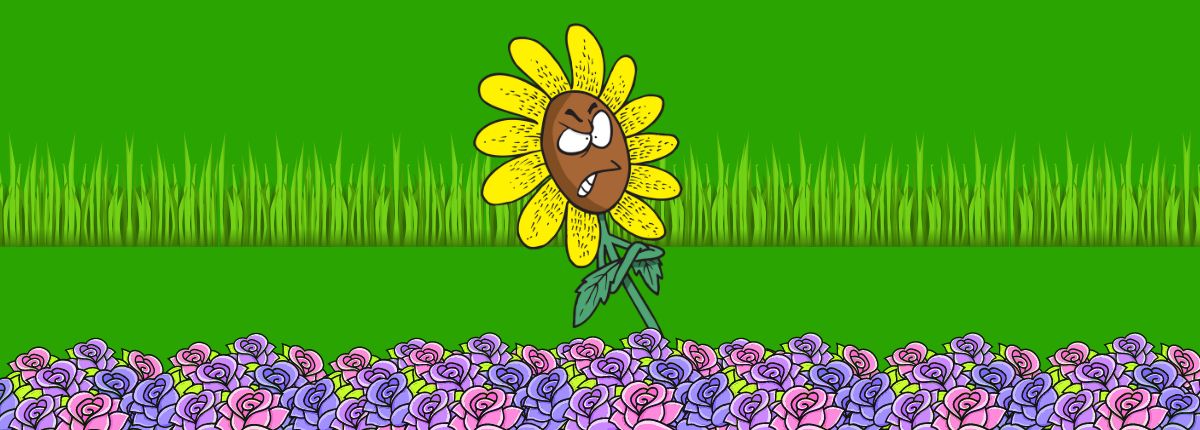
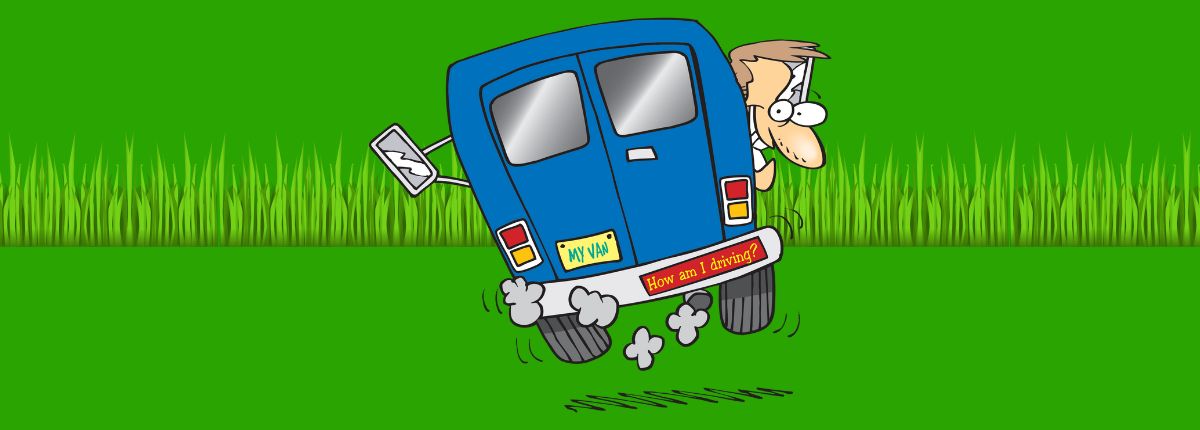
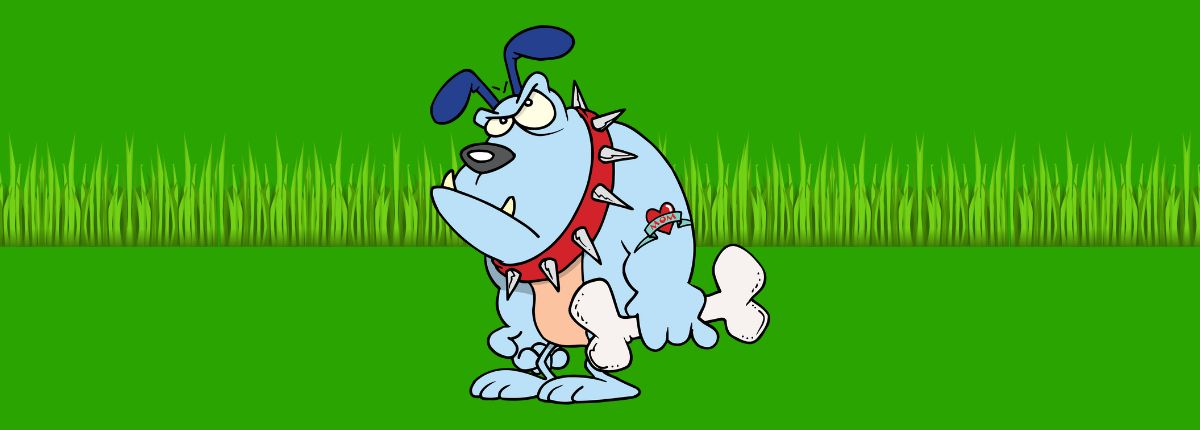
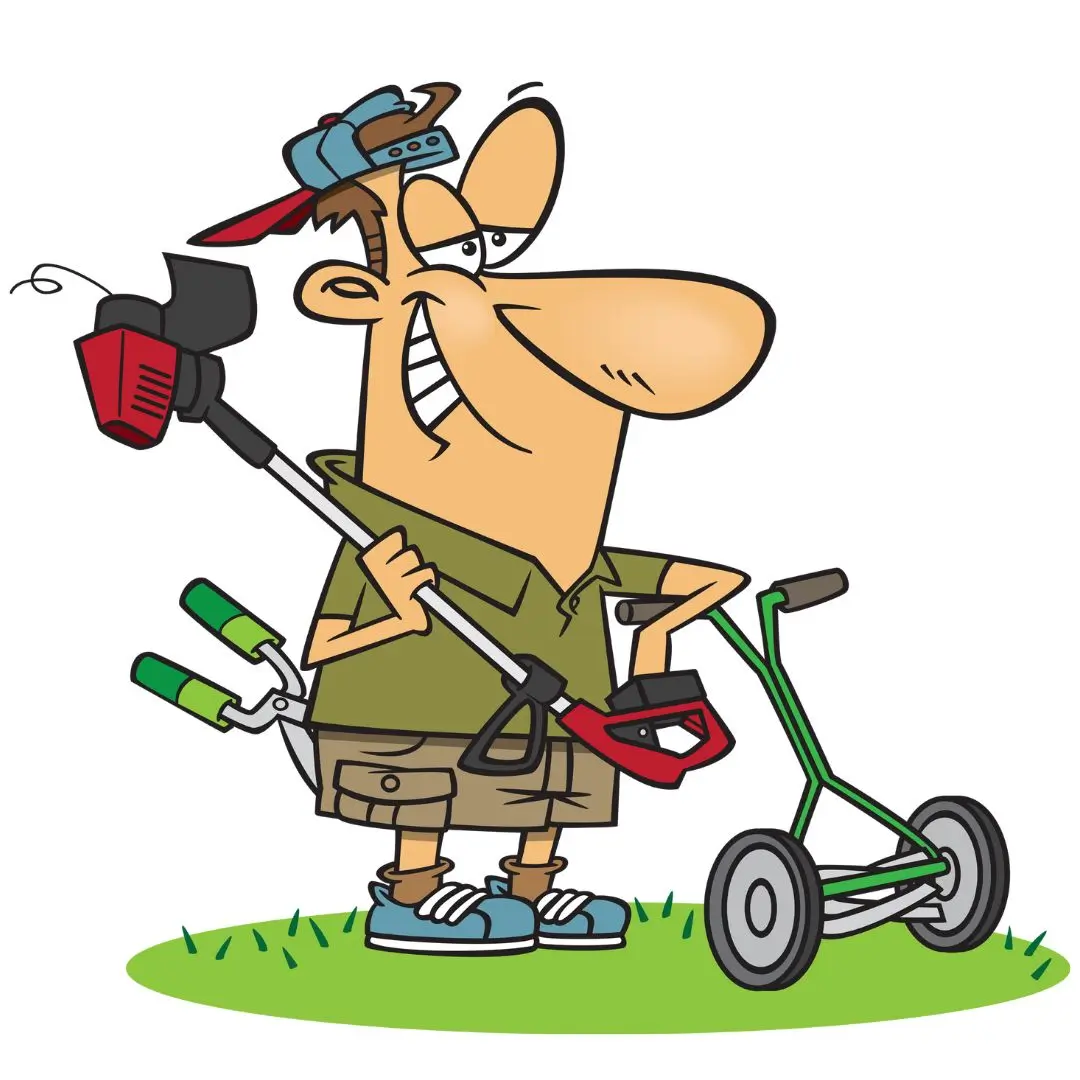
Leave a Reply